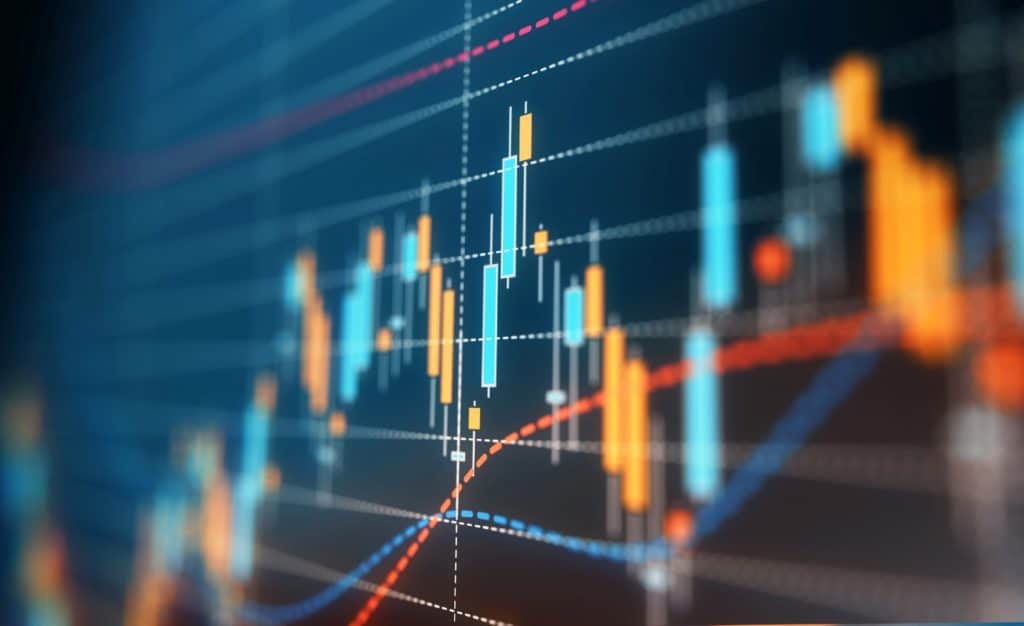Technical analysis plays a pivotal role in forex trading, providing traders with valuable insights into market trends, price movements, and potential trading opportunities. This article will explore the key components of technical analysis, including charts, indicators, and patterns, and how traders can leverage them effectively to make informed trading decisions in the forex market.
1. Understanding Forex Charts:
Forex traders use various types of charts, including line charts, bar charts, and candlestick charts, to visualize price movements over time. Candlestick charts are particularly popular among traders due to their ability to convey price action and market sentiment effectively.
2. Common Chart Patterns:
Chart patterns are formations that appear on price charts and provide clues about potential future price movements. Common chart patterns include head and shoulders, double tops and bottoms, triangles (ascending, descending, and symmetrical), flags, and pennants. Traders use these patterns to identify trend reversals or continuation patterns.
3. Technical Indicators:
Technical indicators are mathematical calculations applied to price data to generate trading signals and insights. Popular technical indicators in forex trading include moving averages, relative strength index (RSI), moving average convergence divergence (MACD), stochastic oscillator, and Bollinger Bands. Traders use these indicators to confirm trends, spot overbought or oversold conditions, and identify potential entry and exit points.
4. Moving Averages:
Moving averages (MA) are trend-following indicators that smooth out price data over a specified period. Traders often use moving averages to identify the direction of the trend (uptrend or downtrend) and potential support or resistance levels. Common types of moving averages include simple moving averages (SMA) and exponential moving averages (EMA).
5. Oscillators:
Oscillators are technical indicators that oscillate between specific levels to indicate overbought or oversold conditions. The RSI and stochastic oscillator are popular oscillators used by forex traders to gauge the strength of price momentum and potential trend reversals.
6. Fibonacci Retracement:
Fibonacci retracement levels are based on the Fibonacci sequence and are used to identify potential support and resistance levels in a trend. Traders use Fibonacci retracement levels to determine entry and exit points, as well as to assess the depth of price retracements within a trend.
7. Candlestick Patterns:
Candlestick patterns, such as doji, hammer, engulfing patterns, and spinning tops, provide insights into market sentiment and potential reversals or continuations. Traders pay attention to candlestick patterns to gauge investor psychology and make trading decisions accordingly.
8. Combining Analysis Techniques:
Successful forex traders often combine multiple analysis techniques, such as chart patterns, technical indicators, and candlestick patterns, to gain a comprehensive view of market dynamics and confirm trading signals. By leveraging these analysis tools effectively, traders can improve their accuracy in predicting price movements and executing profitable trades.
Conclusion:
Technical analysis is a powerful tool for forex traders to analyze market trends, identify trading opportunities, and manage risk effectively. By understanding and utilizing forex charts, common chart patterns, technical indicators, and candlestick patterns, traders can enhance their decision-making process and improve their overall trading performance in the dynamic forex market. Continuous learning, practice, and adaptation are key to mastering technical analysis and achieving success as a forex trader.





